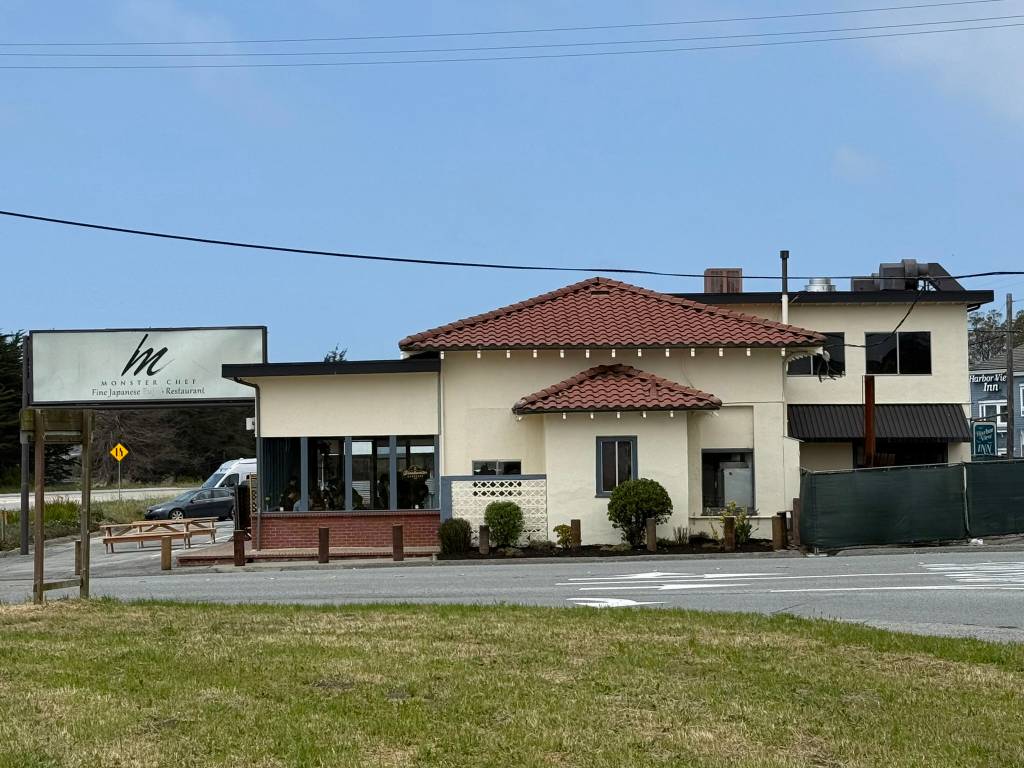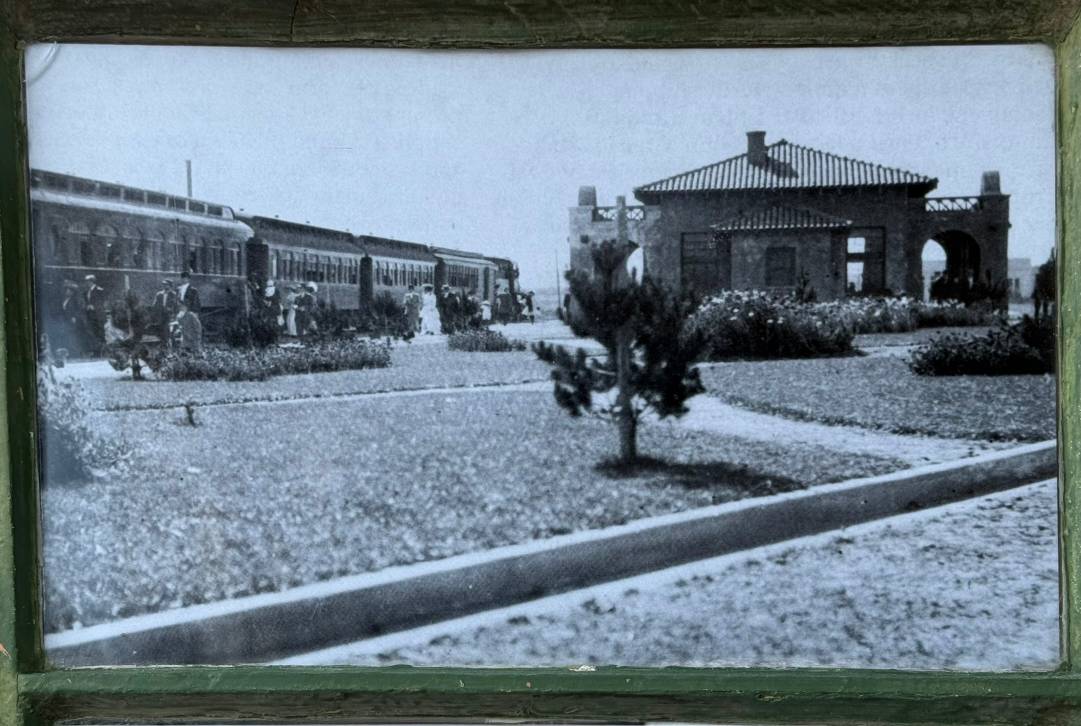Sunday, 4th May 2025
DuckDB is Probably the Most Important Geospatial Software of the Last Decade. Drew Breunig argues that the ease of installation of DuckDB is opening up geospatial analysis to a whole new set of developers.
This inspired a comment on Hacker News from DuckDB Labs geospatial engineer Max Gabrielsson which helps explain why the drop in friction introduced by DuckDB is so significant:
I think a big part is that duckdbs spatial extension provides a SQL interface to a whole suite of standard foss gis packages by statically bundling everything (including inlining the default PROJ database of coordinate projection systems into the binary) and providing it for multiple platforms (including WASM). I.E there are no transitive dependencies except libc.
[...] the fact that you can e.g. convert too and from a myriad of different geospatial formats by utilizing GDAL, transforming through SQL, or pulling down the latest overture dump without having the whole workflow break just cause you updated QGIS has probably been the main killer feature for a lot of the early adopters.
I've lost count of the time I've spent fiddling with dependencies like GDAL trying to get various geospatial tools to work in the past. Bundling difficult dependencies statically is an under-appreciated trick!
If the bold claim in the headline inspires you to provide a counter-example, bear in mind that a decade ago is 2015, and most of the key technologies In the modern geospatial stack - QGIS, PostGIS, geopandas, SpatiaLite - predate that by quite a bit.
Our local BBQ spot here in El Granada - Breakwater Barbecue - had a soft opening this weekend in their new location.
Here's the new building. They're still working on replacing the sign from the previous restaurant occupant:

It's actually our old railway station! From 1905 to 1920 the Ocean Shore Railroad ran steam trains from San Francisco down through Half Moon Bay most of the way to Santa Cruz, though they never quite connected the two cities.
The restaurant has some photos on the wall of the old railroad. Here's what that same building looked like >100 years ago.

Dummy’s Guide to Modern LLM Sampling (via) This is an extremely useful, detailed set of explanations by @AlpinDale covering the various different sampling strategies used by modern LLMs. LLMs return a set of next-token probabilities for every token in their corpus - a layer above the LLM can then use sampling strategies to decide which one to use.
I finally feel like I understand the difference between Top-K and Top-P! Top-K is when you narrow down to e.g. the 20 most likely candidates for next token and then pick one of those. Top-P instead "the smallest set of words whose combined probability exceeds threshold P" - so if you set it to 0.5 you'll filter out tokens in the lower half of the probability distribution.
There are a bunch more sampling strategies in here that I'd never heard of before - Top-A, Top-N-Sigma, Epsilon-Cutoff and more.
Reading the descriptions here of Repetition Penalty and Don't Repeat Yourself made me realize that I need to be a little careful with those for some of my own uses of LLMs.
I frequently feed larger volumes of text (or code) into an LLM and ask it to output subsets of that text as direct quotes, to answer questions like "which bit of this code handles authentication tokens" or "show me direct quotes that illustrate the main themes in this conversation".
Careless use of frequency penalty strategies might go against what I'm trying to achieve with those prompts.